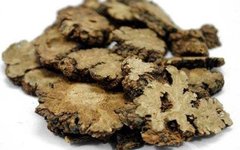
Chuanxiong (Ligusticum chuanxiong) is a commonly used herb for invigorating blood and dispelling stasis. It has a pungent and warm nature, entering the Liver meridian, and possesses the effects of invigorating blood circulation, promoting Qi flow, dispelling wind, and alleviating pain. Clinically, it is often used for conditions caused by blood stasis and Qi stagnation, such as dysmenorrhea, amenorrhea, postpartum abdominal pain due to blood stasis, and traumatic injuries. It is commonly combined with Danggui (Angelica sinensis), Baishao (Paeonia lactiflora), and Honghua (Carthamus tinctorius). In modern medicine, it is often used for coronary heart disease and angina pectoris, frequently in combination with Danshen (Salvia miltiorrhiza), Honghua, and Xiangfu (Cyperus rotundus). For rib pain due to liver Qi stagnation leading to poor blood circulation, it is often used with Chaihu (Bupleurum chinense) and Xiangfu. Let’s take a closer look at the efficacy and usage of Chuanxiong!
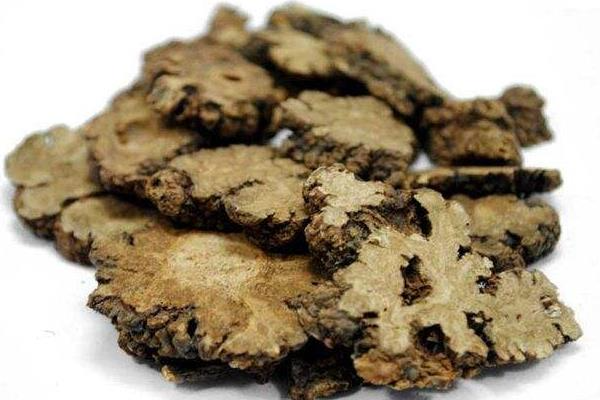
01
The Efficacy of Chuanxiong
1. Dispelling Wind and Alleviating Pain
Chuanxiong can effectively dispel wind and alleviate pain. When used with Jingjie (Schizonepeta) and Baizhi (Angelica dahurica), it can assist in relieving headaches caused by wind-cold colds. When combined with Chrysanthemum and Mint, it can help with wind-heat colds. When used with Fangfeng (Saposhnikovia divaricata), Qianghuo (Notopterygium) and Duhuo (Angelica pubescens), it can assist with wind-damp bi pain.
2. Promoting Qi and Invigorating Blood
When combined with Honghua, Xiangxiang, Chishaoyao (Paeonia lactiflora), and Danshen, it can assist with angina pectoris caused by coronary heart disease, with main symptoms including chest tightness and pain in the precordial area, and can also assist with early menstruation and heavy menstrual flow caused by Qi and blood stasis. When used with Danggui, Duzhong (Eucommia ulmoides), and Rougui (Cinnamon), it can relieve dysmenorrhea and excessive leukorrhea.
3. Promoting Qi and Relieving Stagnation
Chuanxiong combined with Huangqin (Scutellaria baicalensis) and Chaihu can assist with upper abdominal rib distension pain caused by cholecystitis. When used with Muxiang (Aucklandia) and Dandelion, it can assist with upper abdominal distension, acid reflux, and heartburn caused by gastritis.
4. Sedative Effects
Chuanxiong has a sedative effect on the central nervous system and can also enhance the contraction amplitude of the cardiovascular system. Additionally, it has a spasmolytic effect on smooth muscles.
Chuanxiong has many clinical applications, showing good auxiliary effects for rheumatic bi pain, and can also assist with masses and lumps. It is beneficial for sores, swellings, and traumatic pain, as well as for women’s menstrual irregularities, dysmenorrhea, and postpartum pain due to blood stasis. It is particularly effective for assisting with gynecological diseases.
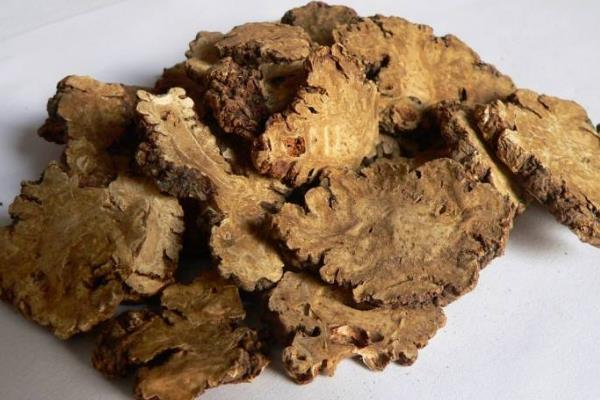
02
Usage and Dosage of Chuanxiong
1. Assisting with Abdominal Pain
Danggui Lamb Stew: 15g of Danggui and Dihuang (Rehmannia glutinosa), 10g of Dried Ginger, and 250g of Lamb. Clean and cut the lamb into pieces, stir-fry in oil until white, add the herbs, water, salt, and wine, and simmer on low heat until the lamb is tender. Drink the soup and eat the meat. This recipe uses lamb, Danggui, and Dihuang to tonify deficiency and nourish blood, with Dried Ginger warming the middle and strengthening the stomach, mainly used for assisting with abdominal pain due to deficiency and cold.
2. Assisting with Limb Pain
Use 15g each of Danggui and Dangshen (Codonopsis pilosula), 30g of Huangqi (Astragalus membranaceus), 10g of Fresh Ginger, and 500g of Lamb. Cut the lamb into slices, wrap each in gauze, and boil with water until the meat is tender. Drink the soup and eat the meat. This formula uses Dangshen and Huangqi to tonify Qi, lamb to nourish blood, Danggui to invigorate blood and alleviate pain, and Fresh Ginger to warm the middle and strengthen the stomach. It is mainly used for assisting with limb pain due to postpartum Qi and blood deficiency.
3. Assisting with Dizziness and Fatigue
10g of Danggui and 60g of Huangqi. Boil in water to drink. The dosage can also be increased to make a paste. This formula emphasizes Huangqi, with Danggui as a secondary ingredient, aiming to tonify Qi and nourish blood, mainly used for assisting with dizziness and fatigue due to Qi and blood deficiency.
4. Assisting with Menstrual Irregularities
30g of Danggui, 50g of Shudihuang (Rehmannia glutinosa), 15g of Honghua, 6g of Rougui, and 1000g of Sweet Wine. Soak the herbs in sweet wine for 1-2 weeks. This formula uses Danggui to invigorate blood and regulate menstruation, Shudihuang to nourish Yin blood, Honghua and Rougui to invigorate blood and promote menstruation, and sweet wine to promote blood circulation, mainly used for assisting with amenorrhea and menstrual irregularities caused by stasis.
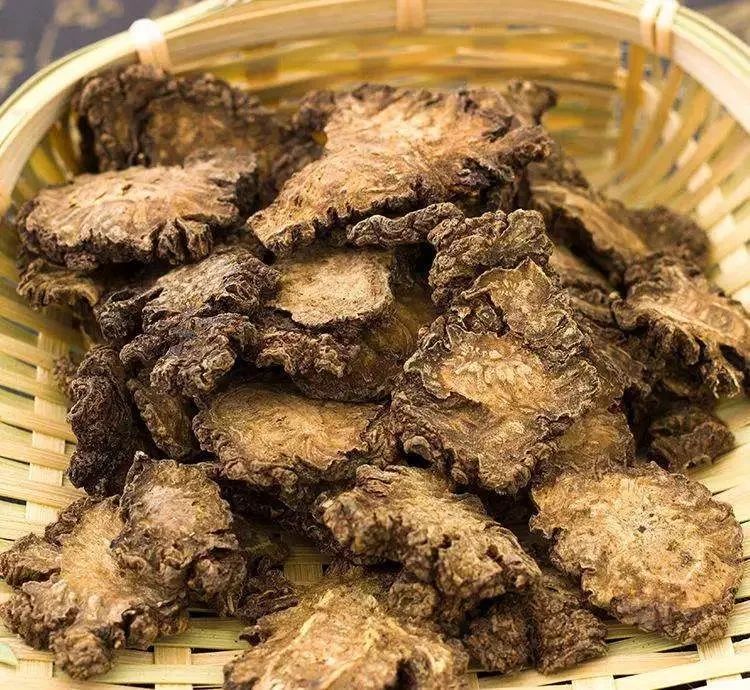
【Disclaimer】: This article is sourced from the internet, and the copyright belongs to the original author. Please indicate the source when reprinting. Sharing this article is for the purpose of dissemination and learning exchange, and does not hold responsibility for the views expressed. The various dietary therapy methods, prescriptions, and remedies mentioned in the article are for reference and learning only; non-professionals should not use them blindly! The advertisements in the article are automatically generated by the system and are unrelated to this account. If you have any questions, please leave a message online, and we will handle it as soon as possible. Thank you.
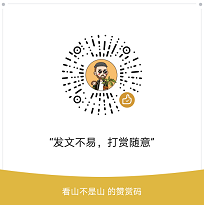

Click “Read the original text“↙ to see more exciting content

